September 4, 2025
Summary: September 2025 marks the 200th anniversary of the modern railroad. While the idea of moving goods along trackways dates back thousands of years, England’s Stockton and Darlington line combined metal rails, freight and passenger service with steam-powered locomotives to usher in a new era of global commerce. What followed were decades of innovation, including the electrification of rail travel and the integration of complicated computing power to manage increasingly complex operations. Today, railroads are exploring advanced sensor technology and new fuel sources to improve safety and become even more energy efficient.
September 2025 marks the 200th anniversary of the inaugural trip of England’s Stockton and Darlington Line, the first commercial railway to combine steam power, freight and passengers. Those factors lead many observers to call it the prototype for the modern railroad.
While today’s railroads retain many features of their early predecessors, two centuries of evolution highlight the pivotal role electrical engineering and computing have played in transforming them into intelligent, high-speed arteries of global commerce.
From Ancient Greece to Record-Breaking Speeds
When we think of railroads, we usually think of giant locomotives pulling multiple train cars along steel rails. But some of the features of railroads are thousands of years old, tracing their lineage to ancient Greece, where a paved trackway known as the Diolkos was used to carry ships and goods across a narrow strait of land starting around 600 B.C. Other instances of trackways, which could be ruts in the ground or paved tracks lined with kerbs, were found in Portugal, associated with gold mining in the first century A.D.
By 1804, the Swansea and Mumbles railway in Wales became the first to carry passengers in a carriage pulled by a horse. The Stockton and Darlington line in England followed, combining metal rails, a steam-powered locomotive and the carriage of freight and passengers to usher in a new economic era.
By 1855, some thinkers had already come to believe that railroad technology had been perfected and that further developments were unlikely. That was not the case. Through the late 19th century, rail travel underwent extensive electrification, especially in cities. Diesel locomotive engines emerged in the 1920s, but steam-powered locomotives ruled the rails until after WWII. Today, the vast majority of diesel trains are actually diesel-electric. That is, the diesel engine powers a series of alternators that, in turn, produce electricity to power electric motors.
Today, high-speed trains, which rely on precisely engineered tracks and advanced suspension systems to achieve speeds of 120 to 150 miles per hour, push the envelope of innovation.
Automating for Safety
Among the most transformative developments in rail technology has been the evolution of electronic signaling and communications systems that helped boost safety, improved efficiency and helped rail continue its role in global logistics.
To avoid costly train accidents, modern rail systems now rely heavily on automation. Trains are guided by a web of sensors, GPS, wireless communications and onboard computers that track their precise location, speed and braking distance in real time. These systems work together to prevent collisions, enforce speed limits and even allow for fully driverless trains in some cities. By automating key safety functions, rail networks are becoming not only safer but also more efficient and responsive.
Major Milestones in Train Technology
While steam may have launched the railway era, electrification unlocked a greater potential. The electrification of rail travel has been recognized via numerous IEEE Milestones, which honor significant technical achievements in all areas associated with IEEE. IEEE Milestones recognize technological innovation and excellence for the benefit of humanity, which are found in unique products, services, seminal papers and patents.
A few IEEE Milestones related to railroads include:
- In 1895, the Baltimore & Ohio Railroad made history with the first mainline electrification in the United States, an engineering milestone that paved the way for cleaner, faster and more efficient trains.
- By 1907, the New York, New Haven & Hartford Railroad pushed the envelope further with one of the earliest large-scale alternating-current electrification systems, proving that long-distance, high-power electric rail travel was both feasible and scalable.
- The Richmond Union Passenger Railway became the first electric streetcar system to deploy overhead wires opposed to ground-level electric lines, setting a global standard for urban electrified transit and demonstrating how electricity could revolutionize public mobility at scale.
Important railroad milestones are not limited to propulsion. As early as the 1960s, Japan’s railroads saw the development of an electronic transistor-based ticketing examination system, which marked a major development in that country’s fast-growing rail system that often saw 80 passengers pass through a turnstile every minute during peak times.
A Faster, Cleaner, Safer Future
While rail travel and rail freight are incredibly energy efficient with a minimal carbon footprint compared to other forms of transportation, there is a push for even more sustainable train technology, with trains powered by hydrogen fuel cells waiting in the wings.
Experts are also looking at the widespread deployment of sensors to improve predictive maintenance schedules.
In parallel, the industry is moving toward automated and autonomous operations. Experts foresee a future where driverless trains operate safely on both urban and long-distance lines, coordinated by AI-powered traffic management systems capable of optimizing routes, avoiding congestion and responding instantly to service disruptions.
“Looking ahead, the biggest opportunities lie in building smart, sustainable rail systems powered by clean energy and guided by AI,” said IEEE Member Gabriel Gomes de Oliveira. “From hydrogen fuel cells to predictive maintenance and autonomous operations, tomorrow’s railways will be shaped by innovations that put efficiency, resilience and the passenger experience first.”
Learn More: Railroad technology continues to develop. According to a survey of industry experts that appears in IEEE Open Journal of Intelligent Transportation Systems, the rail sector is likely to see an evolution toward greater autonomy, sustainability and digitalization.
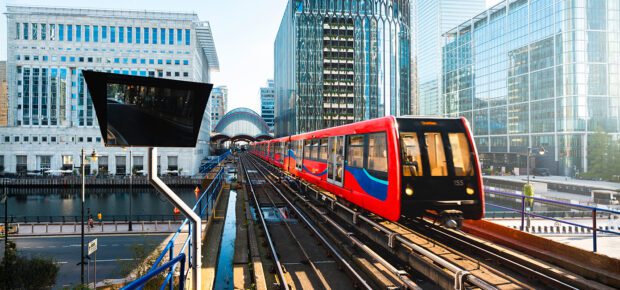





 Meaningful Momentum or Running in Place?
Meaningful Momentum or Running in Place?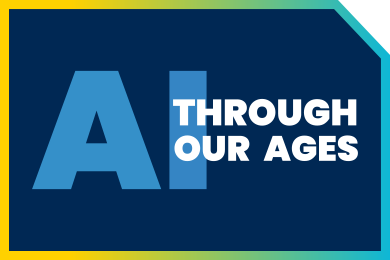 AI Through Our Ages
AI Through Our Ages Liquid Infrastructure: Our Planet's Most Precious Resource
Liquid Infrastructure: Our Planet's Most Precious Resource The Impact of Technology in 2025
The Impact of Technology in 2025 Quantum and AI: Safeguards or Threats to Cybersecurity?
Quantum and AI: Safeguards or Threats to Cybersecurity? Why AI Can't Live Without Us
Why AI Can't Live Without Us Bits, Bytes, Buildings and Bridges: Digital-Driven Infrastructure
Bits, Bytes, Buildings and Bridges: Digital-Driven Infrastructure Impact of Technology in 2024
Impact of Technology in 2024 Emerging AI Cybersecurity Challenges and Solutions
Emerging AI Cybersecurity Challenges and Solutions The Skies are Unlimited
The Skies are Unlimited Smart Cities 2030: How Tech is Reshaping Urbanscapes
Smart Cities 2030: How Tech is Reshaping Urbanscapes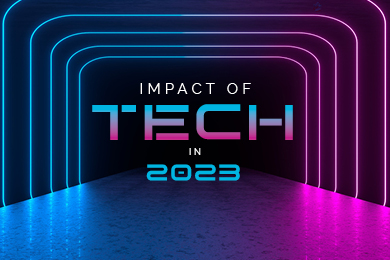 Impact of Technology 2023
Impact of Technology 2023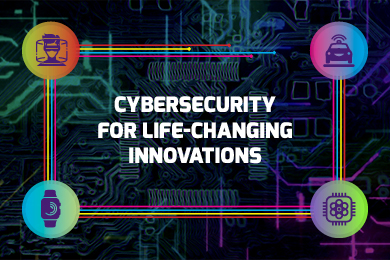 Cybersecurity for Life-Changing Innovations
Cybersecurity for Life-Changing Innovations Smarter Wearables Healthier Life
Smarter Wearables Healthier Life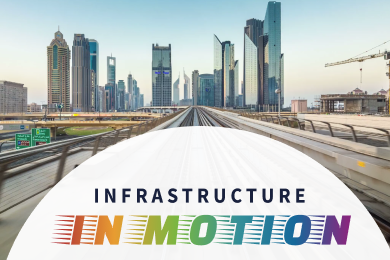 Infrastructure In Motion
Infrastructure In Motion The Impact of Tech in 2022 and Beyond
The Impact of Tech in 2022 and Beyond Cybersecurity, Technology and Protecting Our World
Cybersecurity, Technology and Protecting Our World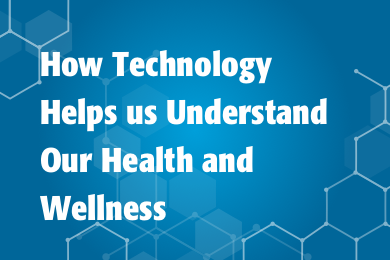 How Technology Helps us Understand Our Health and Wellness
How Technology Helps us Understand Our Health and Wellness The Resilience of Humanity
The Resilience of Humanity Harnessing and Sustaining our Natural Resources
Harnessing and Sustaining our Natural Resources Creating Healthy Spaces Through Technology
Creating Healthy Spaces Through Technology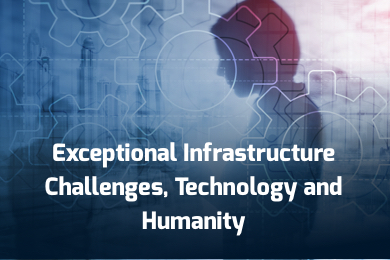 Exceptional Infrastructure Challenges, Technology and Humanity
Exceptional Infrastructure Challenges, Technology and Humanity The Global Impact of IEEE's 802 Standards
The Global Impact of IEEE's 802 Standards Scenes of our Cyber Lives: The Security Threats and Technology Solutions Protecting Us
Scenes of our Cyber Lives: The Security Threats and Technology Solutions Protecting Us How Millennial Parents are Embracing Health and Wellness Technologies for Their Generation Alpha Kids
How Millennial Parents are Embracing Health and Wellness Technologies for Their Generation Alpha Kids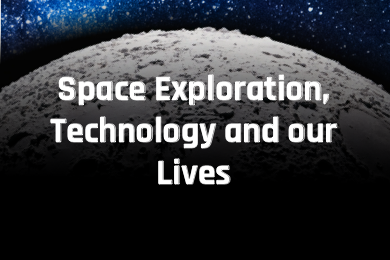 Space Exploration, Technology and Our Lives
Space Exploration, Technology and Our Lives Global Innovation and the Environment
Global Innovation and the Environment How Technology, Privacy and Security are Changing Each Other (And Us)
How Technology, Privacy and Security are Changing Each Other (And Us)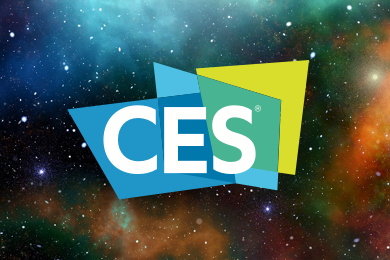 Find us in booth 31506, LVCC South Hall 3 and experience the Technology Moon Walk
Find us in booth 31506, LVCC South Hall 3 and experience the Technology Moon Walk Virtual and Mixed Reality
Virtual and Mixed Reality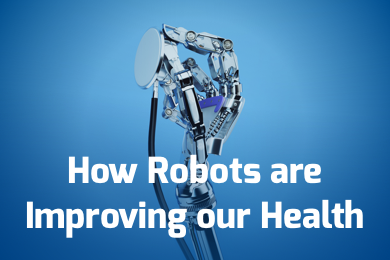 How Robots are Improving our Health
How Robots are Improving our Health IEEE Experts and the Robots They are Teaching
IEEE Experts and the Robots They are Teaching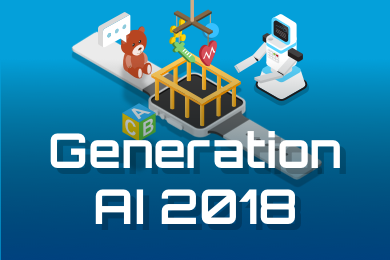 See how millennial parents around the world see AI impacting the lives of their tech-infused offspring
See how millennial parents around the world see AI impacting the lives of their tech-infused offspring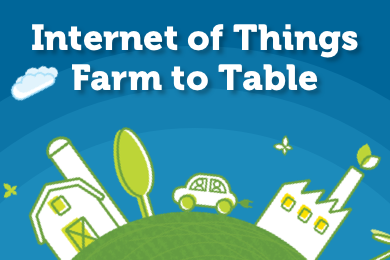 Take the journey from farm to table and learn how IoT will help us reach the rising demand for food production
Take the journey from farm to table and learn how IoT will help us reach the rising demand for food production Watch technical experts discuss the latest cyber threats
Watch technical experts discuss the latest cyber threats Explore how researchers, teachers, explorers, healthcare and medical professionals use immersive technologies
Explore how researchers, teachers, explorers, healthcare and medical professionals use immersive technologies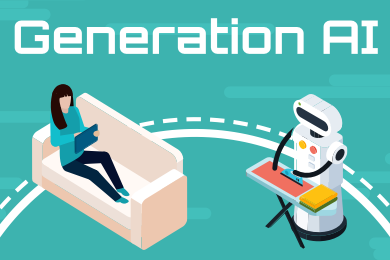 Follow the timeline to see how Generation AI will be impacted by technology
Follow the timeline to see how Generation AI will be impacted by technology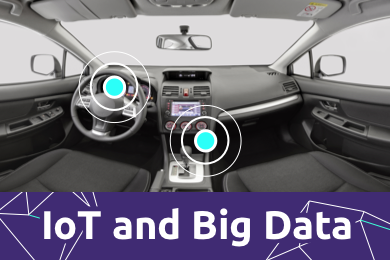 Learn how your IoT data can be used by experiencing a day in a connected life
Learn how your IoT data can be used by experiencing a day in a connected life Listen to technical experts discuss the biggest security threats today
Listen to technical experts discuss the biggest security threats today See how tech has influenced and evolved with the Games
See how tech has influenced and evolved with the Games Enter our virtual home to explore the IoT (Internet of Things) technologies
Enter our virtual home to explore the IoT (Internet of Things) technologies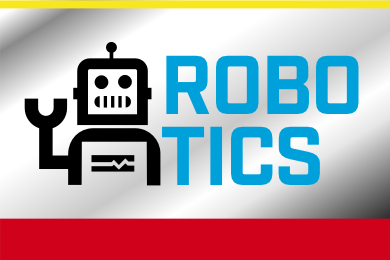 Explore an interactive map showcasing exciting innovations in robotics
Explore an interactive map showcasing exciting innovations in robotics Interactively explore A.I. in recent Hollywood movies
Interactively explore A.I. in recent Hollywood movies Get immersed in technologies that will improve patients' lives
Get immersed in technologies that will improve patients' lives